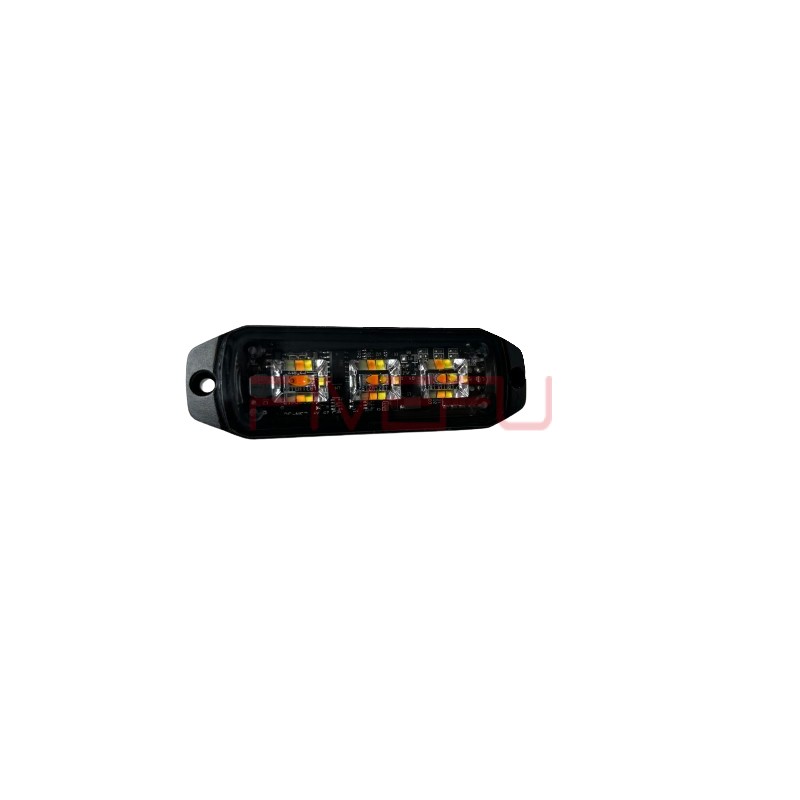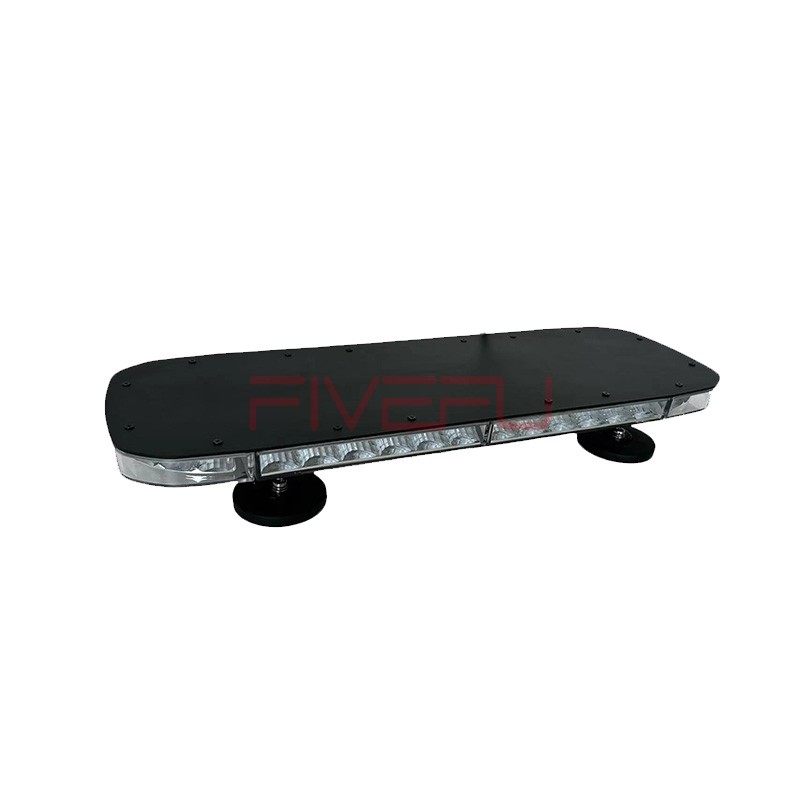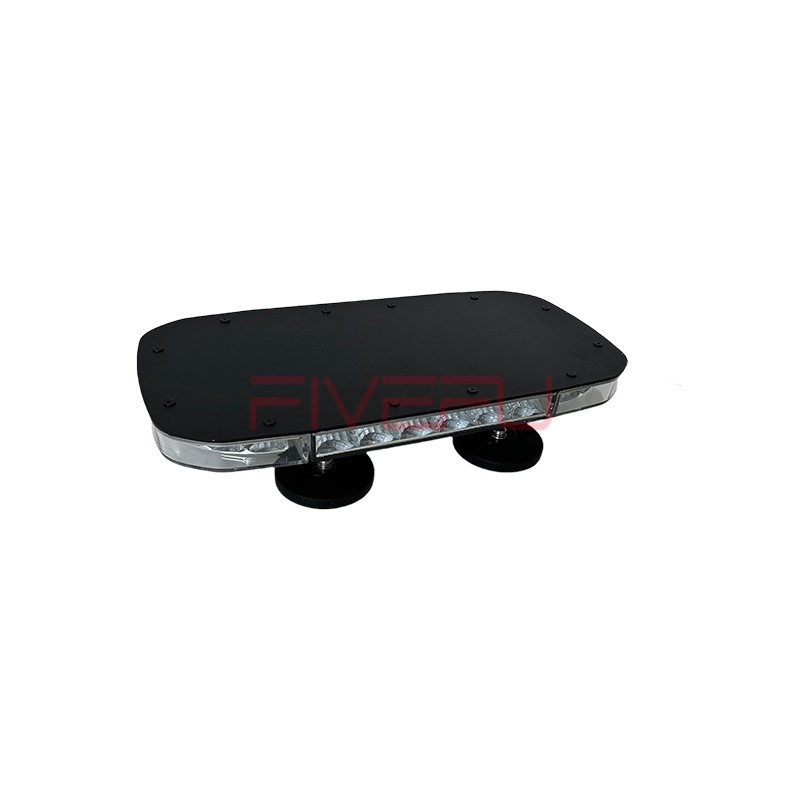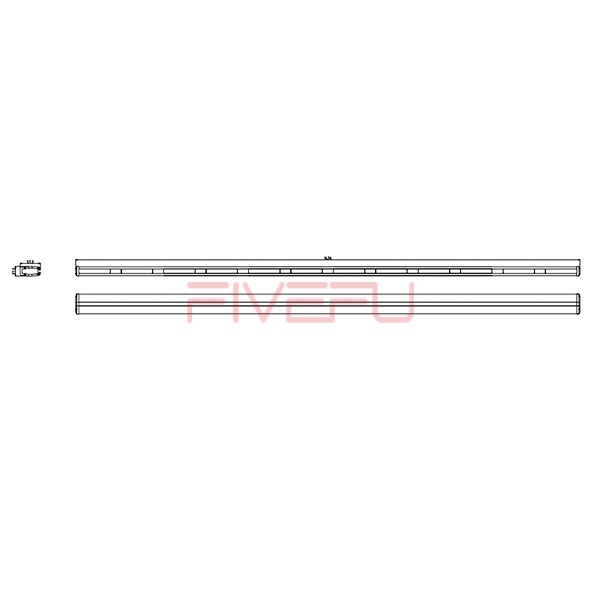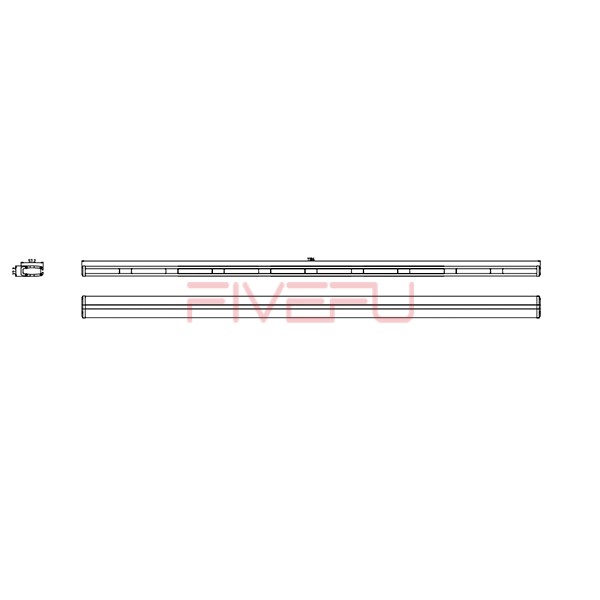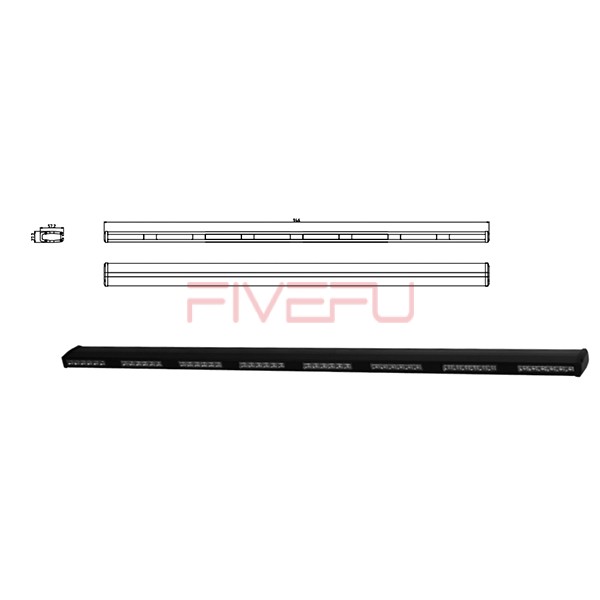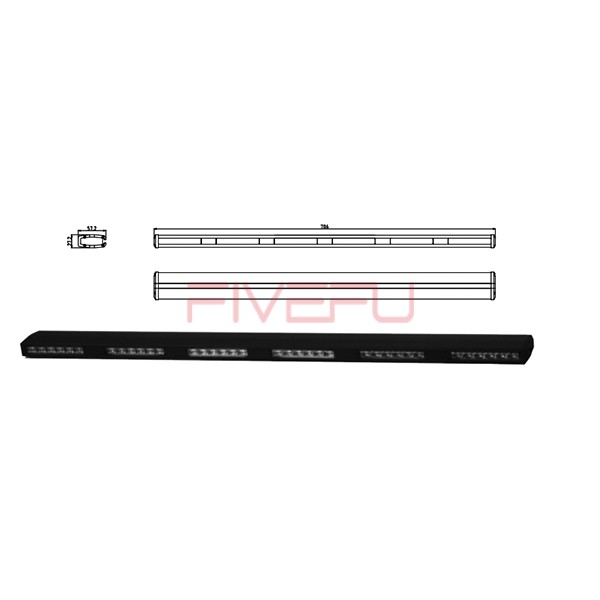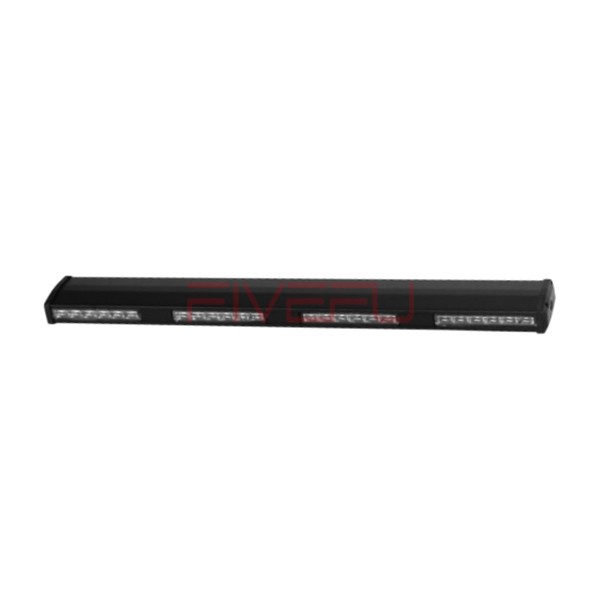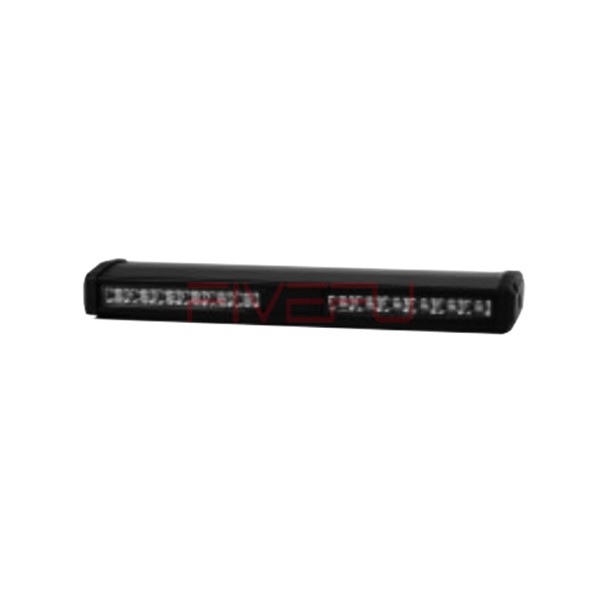Driving with unauthorized blue police lights may seem harmless, but it can lead to fines, vehicle confiscation, and even criminal charges. Understanding the law is essential.
In most countries, private vehicles cannot be equipped with blue police lights, even if they are not used. Blue lights are legally restricted to law enforcement, emergency, or authorized service vehicles, and installing them on personal cars may result in penalties, confusion, or legal consequences.
The laws vary by region, so it’s important to know your local regulations before making any modifications. Keep reading to learn more.
🚨 Why are blue police lights illegal on private vehicles?
Blue police lights are designed to signal authority, urgency, and right-of-way. Allowing private citizens to install them—even without use—creates risks of:
-
Police impersonation (criminals abusing lights to commit fraud)
-
Traffic confusion (drivers yielding or panicking unnecessarily)
-
Public safety hazards (disrupting road order)
Most jurisdictions strictly reserve blue lights for police, fire, ambulance, or other official vehicles. Even unused, having them installed can be considered unlawful possession of restricted equipment.
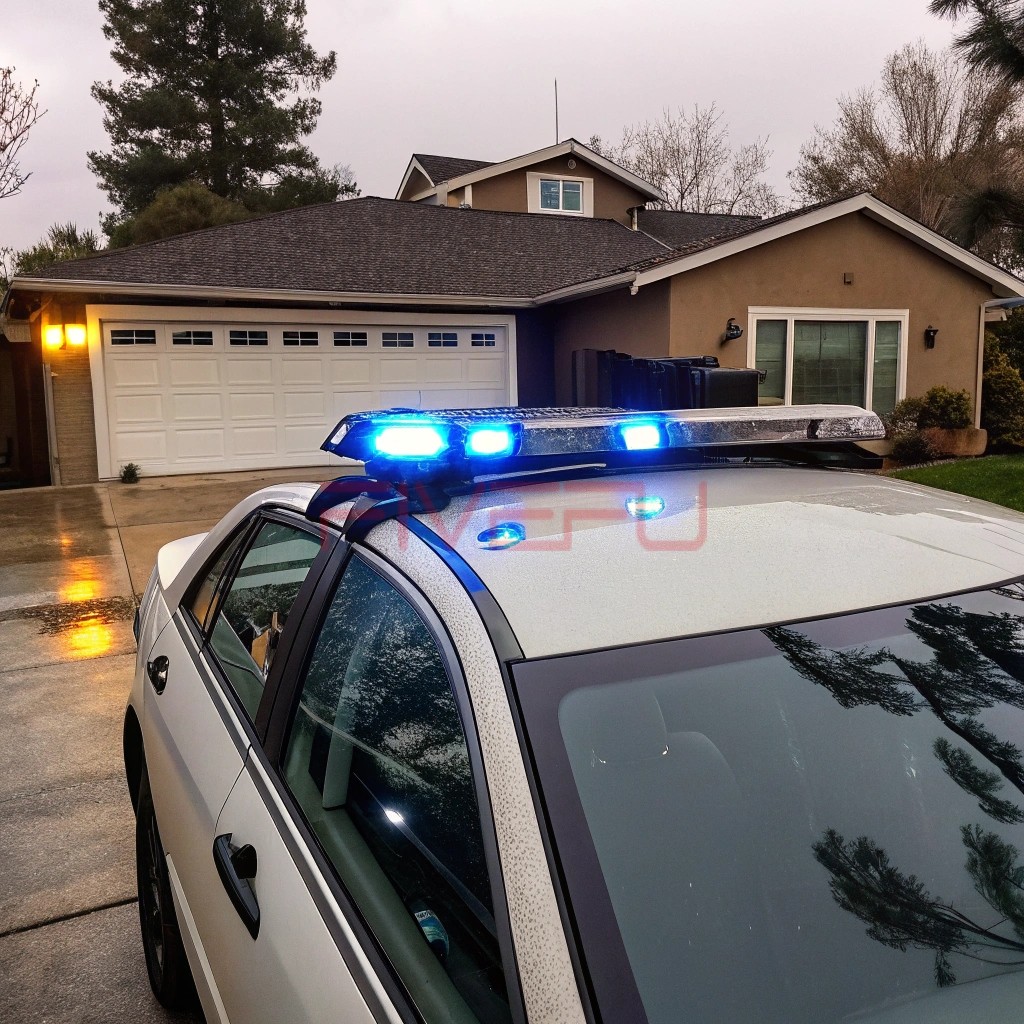
⚖️ What penalties can I face for unauthorized blue lights?
Penalties vary by region but are often severe:
-
United States: Fines between $100–$1,000, possible misdemeanor charges, vehicle impoundment, or jail.
-
UK & Europe: Penalty points on your license, fines, or charges for impersonating emergency services.
-
General risk: Even unused, blue lights make you a target for police stops and inspections.
✅ Are there any exceptions for civilians?
Exceptions are rare and highly regulated. Examples may include:
-
Volunteer emergency responders (with official permits)
-
Certain tow trucks or security vehicles (region-specific)
-
Off-road decorative lighting (but only legal colors: amber, white, or other non-authoritative tones)
Always verify your local vehicle code before installing any aftermarket lighting.
🔧 What if I already have blue police lights installed?
If your vehicle already has blue lights:
-
Remove them immediately – even unused, they can bring legal trouble.
-
Replace with legal alternatives – amber, white, or other compliant aftermarket options.
-
Consult an auto shop – ensure modifications follow local codes.
This helps you avoid fines and keeps your car stylish without risking law enforcement attention.
🛡️ How to stay compliant with vehicle lighting laws?
To avoid problems:
-
Research local regulations before buying/installing lights
-
Consult professionals for safe customization
-
Choose compliant colors (white/amber) for both aesthetics and safety
⚠️ Remember: vehicle lighting laws exist to protect road safety, not to limit customization.
✅ Conclusion
Never install blue police lights on private cars—laws are strict, penalties are severe, and safety comes first.
